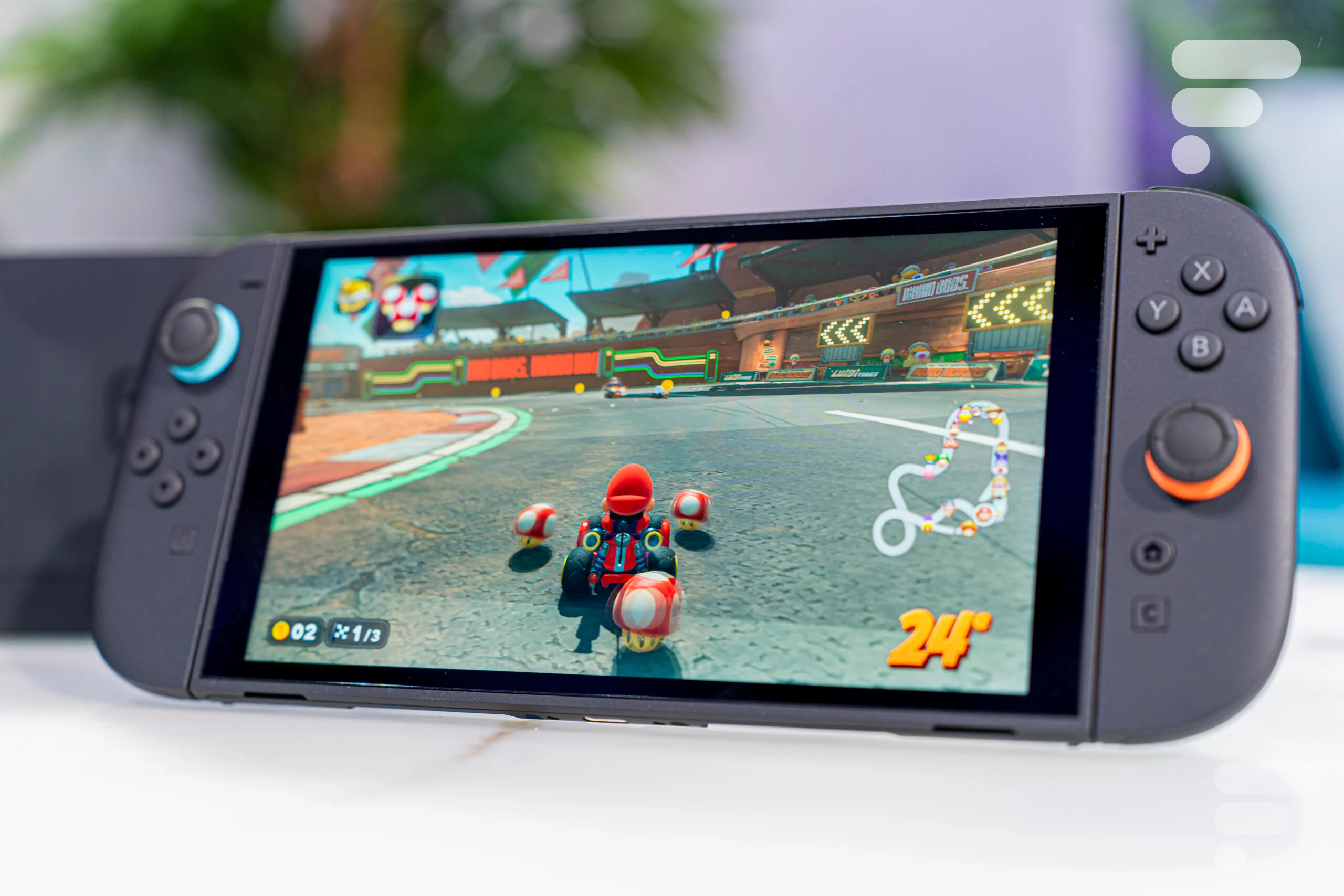New tests confirm the enormous limitations of the Switch 2 screen, which lies in the bottom of the LCD screens of the market in terms of responsiveness.

The masks fall concerning the screen of the Switch 2.. We recently told you about the limitations of the console in its HDR support, both on its on -board screen and in Docké mode.
In recent days, the console screen is still at the heart of the discussions, this time for its clarity of movement, or rather its lack of clarity in motion.
Now, figures can attest to this: the Switch 2 screen is one of the worst on the market, if not the worst in the market, in terms of reactivity.
The Switch 2 has the worst LCD screens?
After the first tests of Digital Foundry, it is the turn of the Youtube Monitors Unboxed channel to pass the screen from the Switch 2 to a fine. Under a battery of tests and complete measurements, we now know how much the slab is a substantial delay in relation to competition.
The main concern of this screen always lies in the response time of its pixels. We are always talking here about the deadline that a pixel puts on from an absolute black (0%) to a pure white (100%). The higher this response time, the more the content displayed on the screen will display effects of ghosting, vagueness and disagreement in motion.

The tests thus reveal an average response time of 33 milliseconds for the screen of the Switch 2, a figure which can exceed 40 milliseconds in certain cases. It’s very simple, this is the slowest screen tested by Monitors Unboxed since its creation.

As a comparison, an LCD game screen reaches approximately 6 milliseconds of response time, the worst students displaying a response time between 15 and 20 milliseconds. The Switch 2 is also doing less well than the original switch which is 50% faster with an average response time of 21 milliseconds.
A technically limited screen
The various tests confirm without surprise that the screen of the Switch 2 is suffering from the absence of an overdrive. This feature would have made it possible, as on many other LCD screens, to drastically improve this response time.
According to Monitors Unboxed, its activation requires higher electrical voltage within the slab and therefore increasing consumption. The already criticism of the console would have taken a hit.
Another element that would explain these abnormally high response times would come from a particularly conservative tension adjustment, always to promote energy efficiency to screen performance.

Nintendo would therefore have seen the most economical, both financially and at the level of the consumption of its screen. For a console that is around 450 euros on average, we would have expected better.
According to other unboxed monitors measurements, the screen displays a typical contrast for this type of slab of 1068: 1, barely greater than that of the Switch. Black levels therefore allow desire. One of the only positive points lies in the management of screen reflections, much higher than the original switch mirror.
We expect no surprise to see an OLED version of the Switch 2 land in a few years, a display technology that would sweep away all the defects alleged against this original screen.

